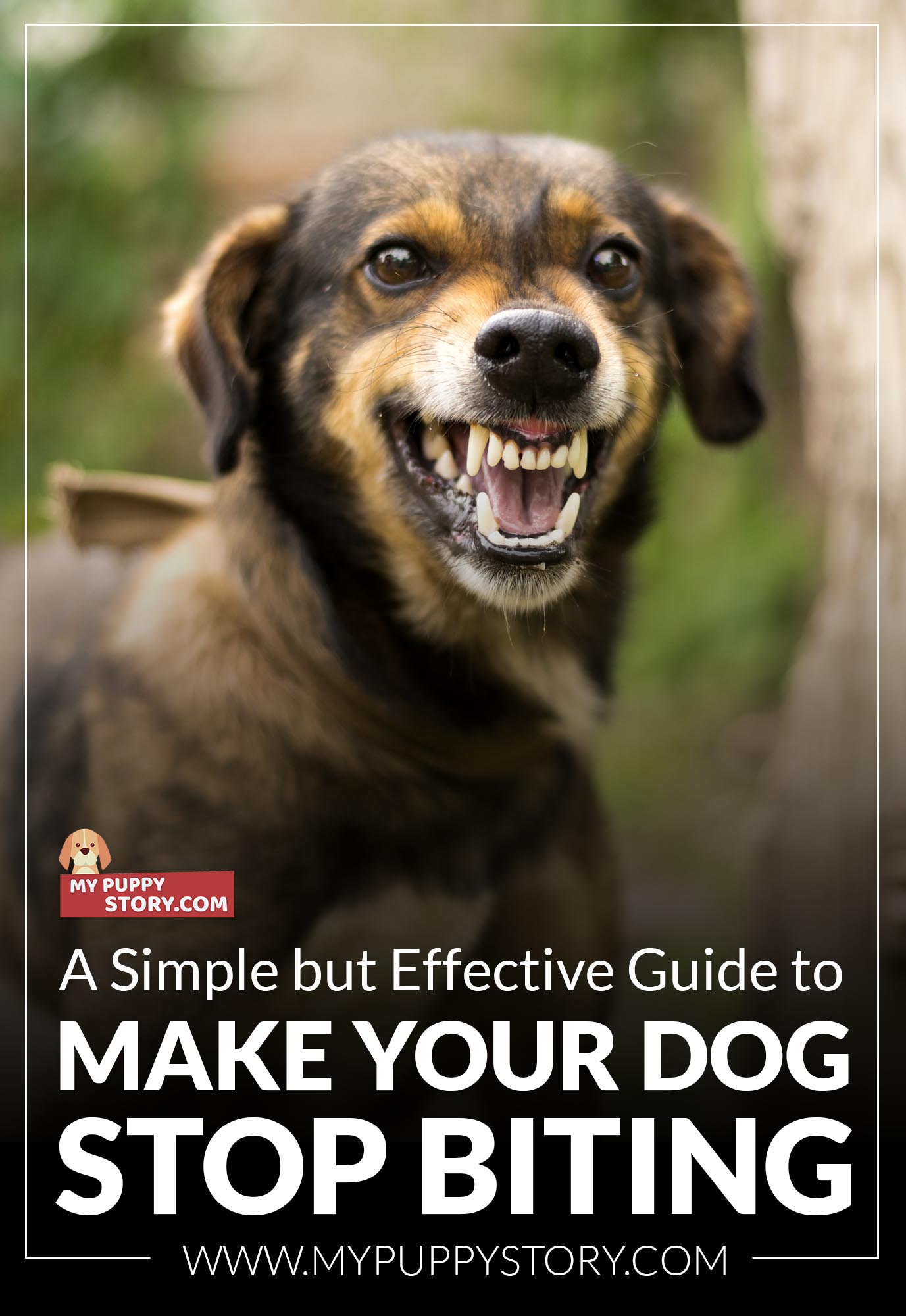25 Ways to Save Money on Dog Expenses: The Ultimate Guide to Saving on Dog Care, Food, Grooming, Supplies, and Health
Rising costs
Just how much do you spend on your dog?
Take a moment to mull over that question and come up with a number. You may not be sure you want to know, but for many of us, the answer may not necessarily be a number, it could be two words—a lot.
In 2016, the American Pet Products Association (APPA) estimated that U.S. dog owners would spend above $1,500 annually to care for Fido. That figure had been rising since the APPA start compiling stats in 1994. Vets place their estimate closer to $2,000 annually.
If you tallied that over a dog’s lifetime, it amounts to between $20,000 and $40,000, depending on factors like size, amount of food consumed, breed et cetera.
It is well worth it
Don’t take this wrongly. Most of us spare no expense to care for our pets and for good reason. The unconditional companionship and love they give you as well as the special connection you share is priceless.
That, notwithstanding:
We all have (or at least should have) budgets. And if you are consistently entering red territory because of pet care expenses, then you have an understandable reason to want to trim your pet-related spending.
Besides, who wouldn’t want a bargain, which would no doubt free money for other vital expenses?
Doing it right
Thing is, in your attempt to cut spending, you do not want to sacrifice the quality of life of your pooch. That is counter-productive. And you’d have to accept that there are situations when it’d be inevitable to rack up huge bills, such as when things go unexpectedly wrong.
Thankfully, there are several ways to make savings without jeopardizing the health and happiness of your canine. Most of it falls under indulging in preventative care, smarter routine spending, and acquiring better information.
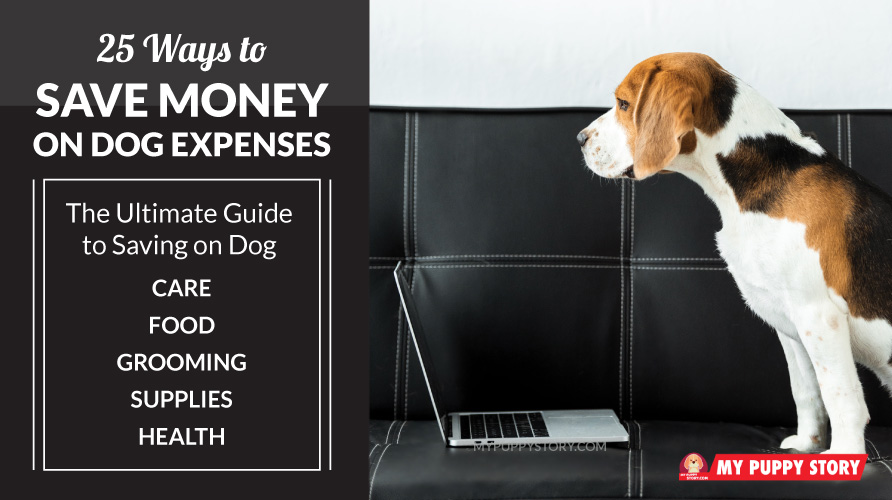
Save from the get go
1. Adopt from a shelter
Sure, you may have your concerns:
- You know virtually nothing about the dog’s heritage or history
- You prefer a purebred dog
But, the plus points are very significant:
- The big one is the heavy price discount you’d get when you adopt a dog. You’d typically not have to foot some of the costly expenses for new dogs.
- You’d be rescuing a pet
- And if you insist on purebreds, one in four shelter dogs are purebreds
If you are on an economy drive, say you are in heavy debt; adoption is an excellent option to take.
2. Buy based on your budget and lifestyle
You cannot base the decision of what dog breed you get entirely on attractiveness. Many people do this, but it can be the harbinger of issues in the future. It is a factor, but there are several other factors to consider. They include:
- likely care costs
- potential health issues
- temperament
- exercise needs
This is the point when you have to engage in a realistic self-talk. You have to aggregate relevant information about care and health expenses of the breed you’re interested in, and ask yourself—Would I be able to maintain optimal health and offer top-quality care to a/an [insert breed here]?
To access this information, you can take advantage of online breed quizzes that use details such as lifestyle, budgeting, time or health constraints, and more to give you a rough idea of what dog breed(s) would fit you best.
3.Draw up a pet budget
You should have a sub-budget for pet-related expenses, for the same reasons you have a budget for personal living expenses. Having a budget would put a kibosh (or at least make it a priority) on impulsive buying and make you think hard about the cost-value ratio of the dog products and services you regularly spend on.
That said, it is good financial practice to have an emergency pet fund. It may or may not be part of your personal emergency fund, but it is necessary to have it. The future is hard to predict, and you have no idea when an unexpected illness may occur, hidden costs may pop, or you may have to indulge in miscellaneous expenses (for instance, hiring a dog walker if you fall sick for an extended period).
The amount you keep is not as relevant as the fact that you have a fund that would provide at least a buffer in the event of an emergency. The last thing you want is to have a financial panic when an emergency is staring you in the face.
4. Research is important
…Not only to decide on the best dog breed to buy or adopt, but also for most pet-related things.
Whether it is a product, service, or practice, you want to know what others, experts think; and you want to be well informed. This is especially true for products. The pet products market is ballooning and manufacturers are working their production lines to bring products that’d make your pockets lighter.
You stand no chance if the marketing speak and ads are all you consume. You’ll find yourself, spending money like it’s going out of style. You should ALWAYS do your due diligence. Catch up on reviews and feedback to ensure you’re spending with your eyes open.
5. Get your dog spayed or neutered
The facts make the pro-spay/-neuter recommendation unarguable. Studies show that spayed and neutered dogs are less likely to develop behavioral issues and certain medical problems (such as an emergency surgery to remove an infected uterus) that are typically associated with huge pet-related spending.
Then there is the advantage of not having to care for a litter of puppies in the future (which by the way addresses the pet overpopulation problem).

Save on food and treats
6. Do some digging for better deals on dog food
It is no surprise that dog owners spend more on food than on anything else pertaining to pet care (be it toys, grooming, et cetera). Consumer Reports got lots of flak for advising pet owners to go cheap, so we’ll let you decide just how much is “too much” to spend on dog food.
You should do your research as always—comparing labels, ingredients, and reading reviews; and realize that if you’ve got a dog with health-related issues then the range of choices is limited.
That said, you could make clear-cut savings from using coupons or taking advantage of discounts, without having to worry about the potential consequences of changing your dog’s diet.
You can:
- search online for coupons—a simple “[product name] + coupon” search query on Google will throw up lots of interesting results;
- go to your fave food company’s webpage; or
- check websites dedicated to outlining coupons, promotions, and freebies for pets—PetSmart, PetCo, My Pet Savings, and Wag.com. Not that you should ignore the coupon heavyweights like Groupon and RetailMeNot.
In fact, if you haven’t signed up for the newsletter of your favorite brand or store, you are missing out on receiving decent (usually time-sensitive) deals you don’t want to pass up.
Additional tips include:
- taking advantage of loyalty and first-time discounts
- ordering online and taking advantage of many companies offering free shipping
- shopping at local pet, livestock, or feed stores rather than at grocery stores
7. Buy in bulk
You shouldn’t only practice this for food, but for other pet needs, like supplies. This is because you’d typically pay less per unit (get more discount) when you buy in bulk.
Even better, you could arrange with a friend or group of friends to combine resources, buy in bulk, and score substantial savings.
8. Prepare dog meals and treats yourself
DIY is a simple unsurprisingly effective trick to save some money. Multiple resources abound online of awesome DIY meal and treat recipes. Sites like PetDIETS and BalanceIT are completely devoted to everything pertaining nutrition and safety of homemade diet and treat recipes.
That said, you should be careful about how you go about DIY meals and treats. A badly prepared meal/treat is worse than cheapo purchased meal/treat. In fact, many experts have seen more cases of pets becoming ill from eating badly prepared home meals than from eating cheapo purchased meals.
To be on the safe side, ensure you are finicky about the nutritional value of your homemade dog meals and treats.
9.Spend smartly on dog supplements
Doggy supplements aren’t just random addendums to sometimes boost the nutritional profile of what owners serve their dogs. It is a full-fledged dog product sub-category given standalone isles in pet stores.
Simply succumbing to the marketing about buying more supplements without talking to your vet about the exact benefits isn’t doing your wallet any good. Certainly, in some cases the importance of supplements is indisputable, but in many cases it isn’t exactly “necessary,” and in some others, probably “harmful.”
Your vet is in the best position to advise you on when supplements are okay for when and when they’re just bloating your already hefty list of dog expenses.
10. Get dog chew bones from a local butcher
Rather than buy bones, visit the local butcher and ask for dog bones. You’ll be pleasantly surprised with what you get for $10. Preferably, go for femur bones (so your dog can access marrow from either end).
And if you visit during the bone cutting process, you could make a polite request for them to cut the bones to a preferred size. Alternatively, you can get leftover beef marrowbones from the meat department at your fave supermarket.
The benefits of giving your dog raw bones are immense, but you should also endeavor to do it safely.
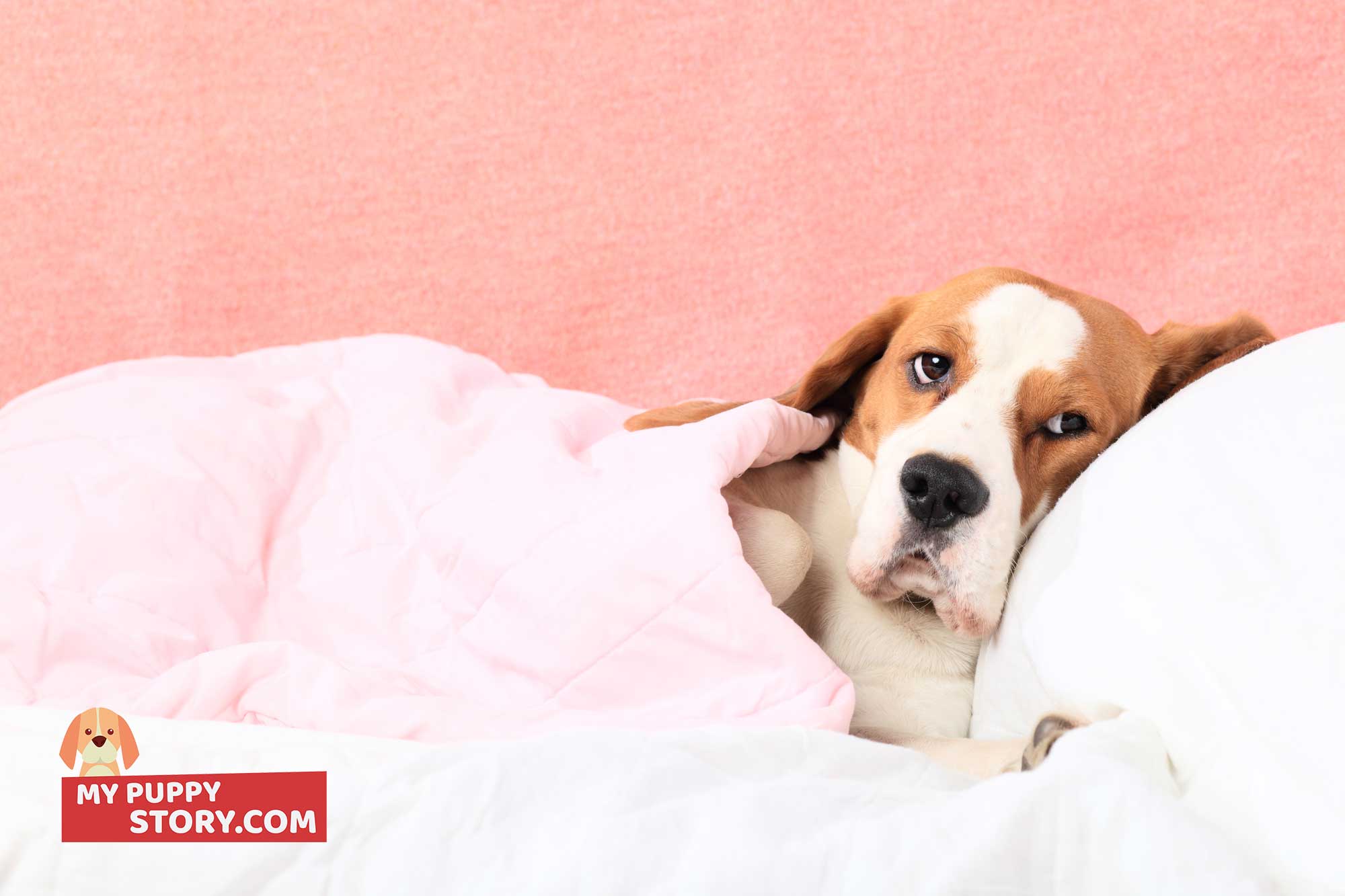
Save on health costs
11. An ounce of prevention is better (and cheaper) than a pound of cure
This apt apothegm is just as appropriate for your canine as it is for you. Preventative measures should form an integral part of how you care for Rover. This would forestall critical health problems down the road—that’d be “uncomfortable” to both you and your dog, give your dog better quality of life, and just as importantly, save you hundreds to thousands of dollars.
In addition to carrying out independent research, you should only stick with a vet who is open minded about giving you valuable advice on how to maintain the health of your dog through preventative measures. These measures touch on a range of factors from diets to grooming.
Regular dental care
Periodontal disease is the commonest disease amongst adult dogs. And the real bummer is that is a preventable health condition.
The cost of tooth extractions can climb to $1,000. This is besides the expensive plaque removal sessions and dental exams that you’ll find yourself paying for way too often than you have to. Furthermore, studies identify a relationship between poor oral health and several serious health conditions (such as heart disease) in dogs.
There is no sugarcoating it. If you aren’t taking good dental care of your dog, you’re implicitly ruining his health. Home dental care is inexpensive—prices for dog toothbrush kits start at $5.
You should learn how to brush your dog’s teeth properly, and then make certain that you do so consistently—several times a week for younger pets and once a day for older pets. As part of your annual health visit to the vet for checks, endeavor to have a professional clean.
Avoid obesity
It isn’t great for humans, it isn’t great for dogs. Maintaining a healthy lifestyle for and giving appropriate nutrition to your part is not optional. In 2016, 54% of all dogs in the U.S. were obese, according to the Association for Pet Obesity Prevention. That’s an ugly stat, it is even uglier when one considers that the rate of dog obesity jumped by 10 percentage points in 7 years (it was 44% in 2009).
Excessively feeding your dog might feel like you’re being loving and caring, but it also holds the unintended consequence of reducing the quality of life later in your dog’s lifetime. Overweight and obesity places a dog, like humans, at increased risk of serious health conditions, ranging from arthritis to cancer.
By insisting on a healthy lifestyle and preventing obesity, you are:
- saving money at the moment due to lower dog feeding expense
- avoiding the discomfort to your dog and yourself when he has to suffer challenging health conditions and you having to make multiple trips to the vet
- saving money in the long run that you wouldn’t have to spend on huge vet and med bills
Commit to an annual health check
A widely acknowledged clinical truth is that early detection and diagnosis is crucial for the prevention, management, and treatment of diseases. This is why you should religiously follow an annual health schedule to screen or check your dog comprehensively.
For older dogs or dogs with a chronic health condition, the frequency of checks should increase to a semiannual schedule.
In terms of vaccination, giving your dog regular, repeated vaccines are unnecessary. Rather carry out titer testing (vaccine titers) to ascertain the level of immunity of your dog, rather than just repeatedly pumping him full of vaccines when he is in all likelihood already immune.
12. Dog-proof your home
Dogs will be dogs and that often means they’d explore and munch on anything in sight, with particular preference for your furniture, upholstery, belongings, and several expensive things you wouldn’t want to replace until you have a good reason to.
Spending on replacements is but one reason to be concerned, you may also find yourself racking a huge vet bill from vet visits or surgeries after your dog sends into his alimentary canal toxic substances that shouldn’t be in there.
Dog-proofing your house saves you the stress and money associated with future preventable mishaps. Aside keeping typical toxic substances like antifreeze, chocolate, and plants out of reach, some other pet-proofing tips include:
- Not leaving flat and curling irons “on” when exiting a room
- Keeping pill (including cold medication, vitamins, and painkillers) bottles out of reach as dogs can open many childproof bottles
- Being careful with having lit candles at reachable distances from your pet
- Keeping cleaning supplies out of reach
13.Use technology to keep up
The app industry is firing on all cylinders, and the pet sector isn’t take a back seat. Currently, several apps exist on dominant mobile platforms that make dog care easier.
Now, using apps you can keep track of health needs and information, find out the best walking routes around you, track your dog’s location, maintain a well-ordered schedule so you never miss a flea treatment or forget a vet appointment again, et cetera.
Beyond apps and the mobile ecosystem, you can test your dog’s DNA to have a firm idea of what conditions your pup might likely develop, and adopt preventative measures.
14. Carefully choose a vet
This is a no-brainer, but many dog owners do not necessarily compare local vet clinics before selecting a vet. You want a vet you can comfortably relate with and can provide useful preventative tips and health advice.
After choosing a vet, make certain that s/he is your go-to vet. It is better to develop a long-standing relationship with a vet who’d get to know your dog in toto. In addition, you may even score savings as time progress as vets typically give long-term patients higher discounts.
15. Take advantage of vet short-term promotions
All through the year, vets typically offer several short-term promotions on routine treatments, such as parasite control. You may also want to look out for discounted dental care during National Pet Dental Health Month every February and mobile rabies clinics during each summer.
Furthermore, some vet clinics offer free nurse consultations, so that billing only commences when your dog requires actual treatment or referral to the vet.
16.Take advantage of discounts from vet colleges
You may not like the sound of an unlicensed person handling your pet’s health issue.
But student vets need real life case studies, have the requisite knowledge, and are sufficiently equipped to perform routine procedures like health checks, vaccinations, and health checks.
You’d typically make hefty savings if you take advantage of discounted treatments offered by your local veterinary college.
17. Take advantage of discounts from dog charities and not-for-profit services
Several charities and trust funds would help with routine fund treatment and vet bills for peculiar health conditions in dogs and cats. Breed-specific charities also do their bit by offering financial support for emergency treatment.
Furthermore, you can relate with your local ASPCA (RSPCA in the UK), Humane Society, or rescue shelter to inquire about discounted services. The HumaneSociety and PetMD have plenty of resources and tips on how to get affordable vet care and where to look for free or cheap veterinary clinics.
You could do an independent research by starting with a quick Google search using the “free vet care [insert city here]” string.
Endeavor to do your research before you actually need help. Have the sites and phone numbers penned on a list, so you can quickly establish contact when the need arises.
18. Buy pet insurance
The concept of pet insurance is laudable, after all, estimates point that 92% of all pets may have an emergency during their lifetime. And for some dog owners, buying pet insurance is justifiable.
But:
This isn’t true for everyone. Sure, you can insure your pup while he’s young to keep premiums low, but coverage choices and higher premiums for “high-risk” dog breeds don’t exactly make pet insurance a one-size-fits-all solution.
Alternatively, you may want to consider setting up an emergency fund for your pet. The amount saved wouldn’t always cover the entire emergency costs, but you wouldn’t have to worry about coverage and other insurance policies. At the very least, it’d offset part of the cost.
19. Spend smartly on prescriptions
So, back in 2010/2011, vets received a hard knock for their seemingly outrageous markups. Consumer Reports placed markup estimates in the US as high as 100% to 160%, while DailyMail placed estimates in the UK as high as 500%.
Thankfully, the uproar did lead to long-lasting changes in vet pricing schemes, but the practice of seeking out better deals on meds didn’t go out of fashion. To make considerable savings on meds, ask for a generic prescription and make your purchase at a pet store or online pharmacy.
We recommend that you buy from a Vet-VIPPS accredited pharmacy when buying prescriptions online, as they comply with state and federal quality assurance and licensing requirements, which is a fancy way of saying they would not scam you.
Save on general dog supplies
20. Quality over lowest prices
Everyone loves a bargain. But it shouldn’t be to a penny wise and pound foolish level. Excessive focus on prices can be detrimental in the long run, as long-term expenses cancel out short-term gains.
This principle is applicable to virtually all dog supplies, including training supplies, grooming tools, and general pet accessories (such as collars and leashes).
Sure, you should have and stay within your budget as a matter of financial discipline, but endeavor to buy the highest quality, most durable product within your preferred price range.
21.Make dog toys yourself
I’ll put it out there. Some dog toys just aren’t worth the price tag emblazoned on them. And that’s why you should seriously consider making your dog’s toys yourself. It isn’t prohibitively difficult and you only need to make about 5 to 10 in total.
The reason is that dogs typically have favorites, and would consistently prefer them to alternatives.
Furthermore, you should make certain to rotate his toys—he shouldn’t have access to all of them at any point in time. Keep some tucked away and rotate every week or bi-weekly, so they always appear “new” to him.
Additional tips
- If you insist on buying toys, choose products that are the most indestructible (reviews and customer feedback would come in handy)
- Take your dog when next you go to a garage sale, flea market, or thrift shop. In addition to getting bargains, you could also buy stuffed animals for your pup if he is a shredder (likes to tear things up).
22. Shop online
Everyone has his or her respective takeaways from the online versus offline shopping dogfight. But if you’re interested in making substantial savings while shopping, you know what camp to pitch your tent with.
Online shops like Amazon do not have the traditional overheads of brick-and-mortar stores and can afford to offer you cheaper prices, quick and many times free delivery (especially with Amazon Prime), and a no-hassle refund policy.
Of course, nothing truly beats seeing and feeling things in person at a local pet store, but when you have to buy the product again, a couple of taps on your smartphone is all that is required. You can also take advantage of the ultra-valuable review system when researching products.
23. Consider used items
Earlier, we’ve talked about getting used items at garage sales and flea markets. But those are not the only places where you can get used items—you can check out online sources like eBay, Craigslist, et cetera.
24. Be proactive about your dog bringing in dirt from the outdoors
Go the extra mile to wipe your dog’s paws before he goes indoors after spending time outside. You’ll make savings on household—floor, carpet, and upholstery—cleaning and cleaning supplies.
25. Save on professional services
Whether it is grooming, bathing, or walking your dog; you can learn to do them yourself. It’d take some commitment and patience but you’d eventually get the hang of it.
And even if you can’t roll your sleeves and get in on some DIY action because of practicality reasons (such as advanced dog training) or lack of time; spending smartly is still an acceptable route to go.
Take advantage of discounts
Several dog salons reward regular customers with discounts and free services. You may even buy grooming sessions in blocks to get such rewards. Note that you’d often have to inquire about such discounts as they are not typically advertised.
Apprentice groomers and intending pros just starting out would also often offer discounts. Craigslist and Reddit are good places to scour for beginner groomers around you. You should always exercise care when dealing with strangers.
Scour coupon sites
Coupon sites are like the Mecca of deals. You can get coupons for services in your area. Endeavor to sign up to get alerts for deals around you.
Know your options
Do not simply let your groomer go to town on your dog. It’d typically mean a bunch of services that are not needed, which would inflate your bill.
For example if you’ve given Fide a brush or clipped his nails, then let your dog groomer know you’ve prepared your dog for the session and certain services shouldn’t be part of the session (or inform him/her of the exact services your dog requires).
You should also request for a price list, so you can make an informed decision.
A cut doesn’t have to be expensive
Getting a cut doesn’t have to always be a costly affair. A cut such as a “field” cut can be functional and low-cost.
Use a self-service dog wash
A self-service dog wash has purpose-built washing and drying facilities, which you can use to bathe your dog at a price that is a fraction of what you’d pay if you were to visit a groomer.
Even better, there is the added benefit that you do not have to worry about clogging your bath with dog hair.
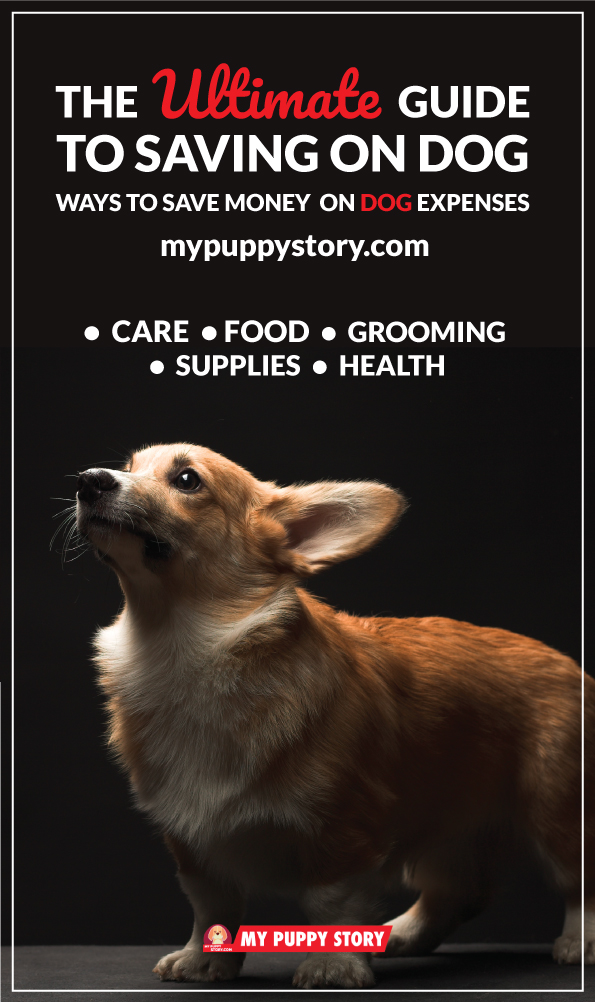












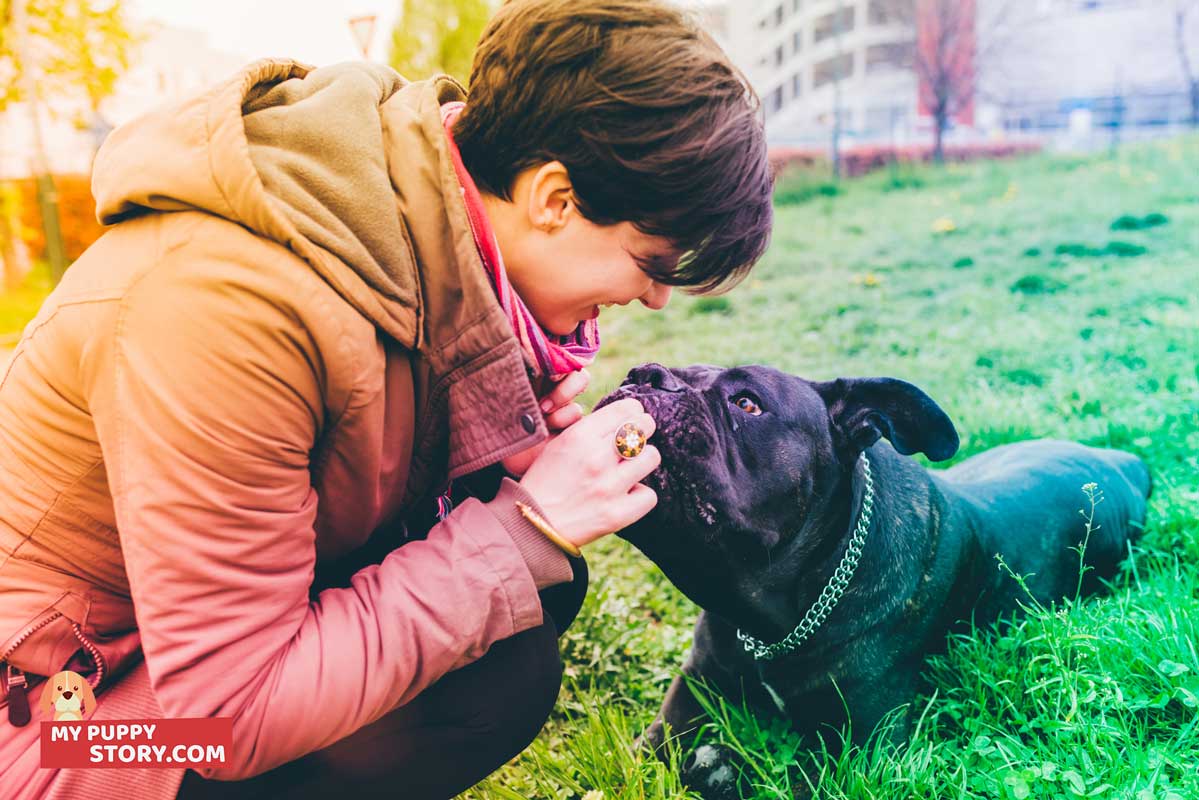
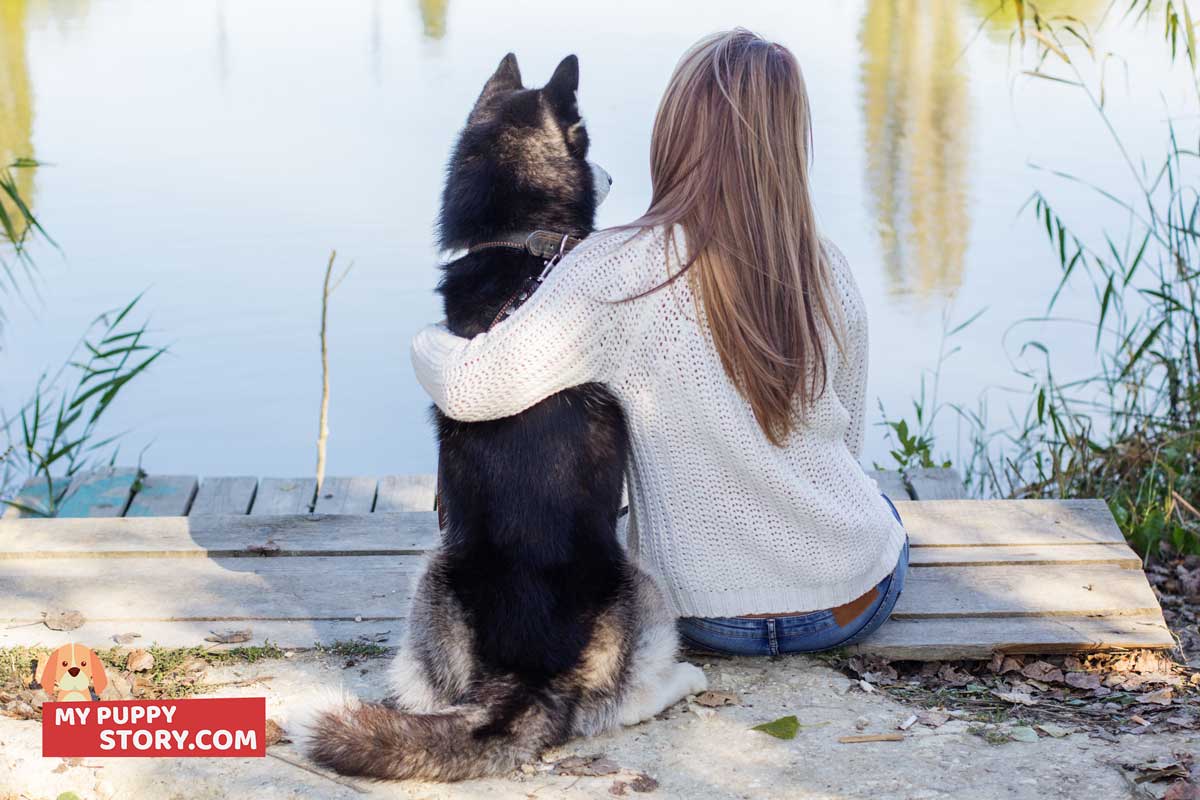


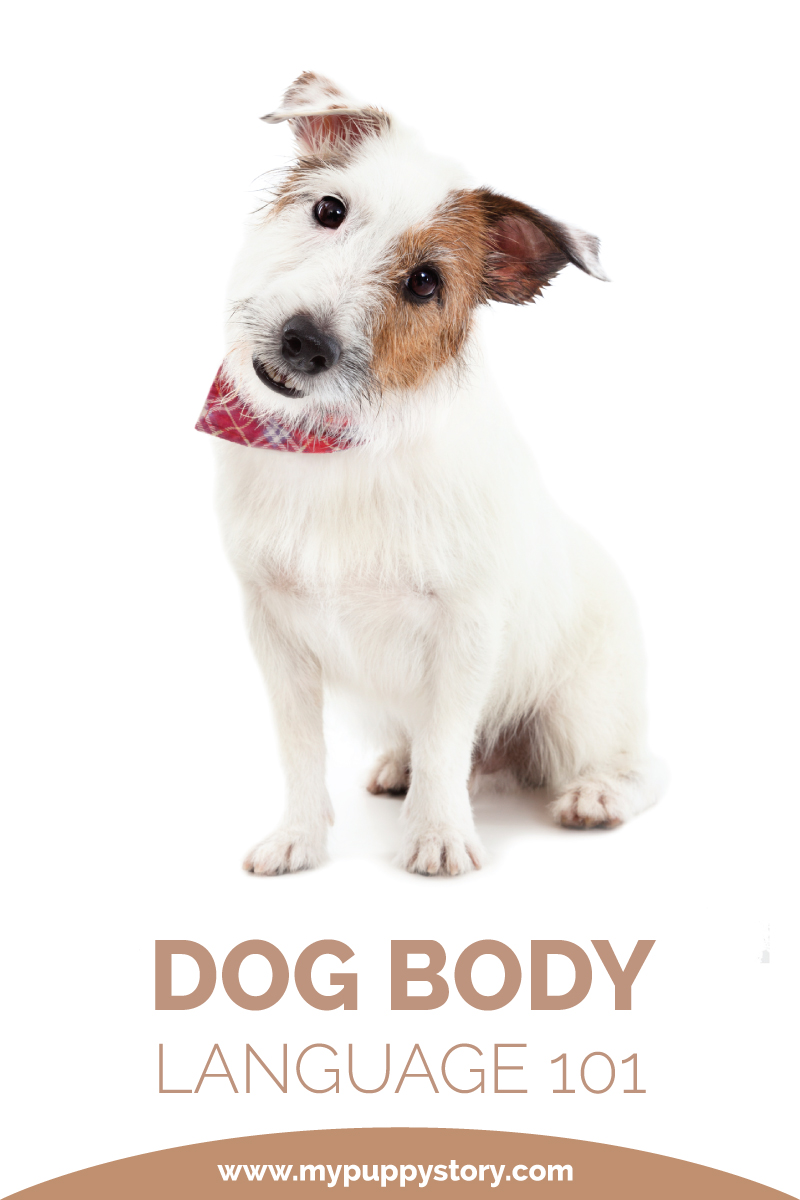
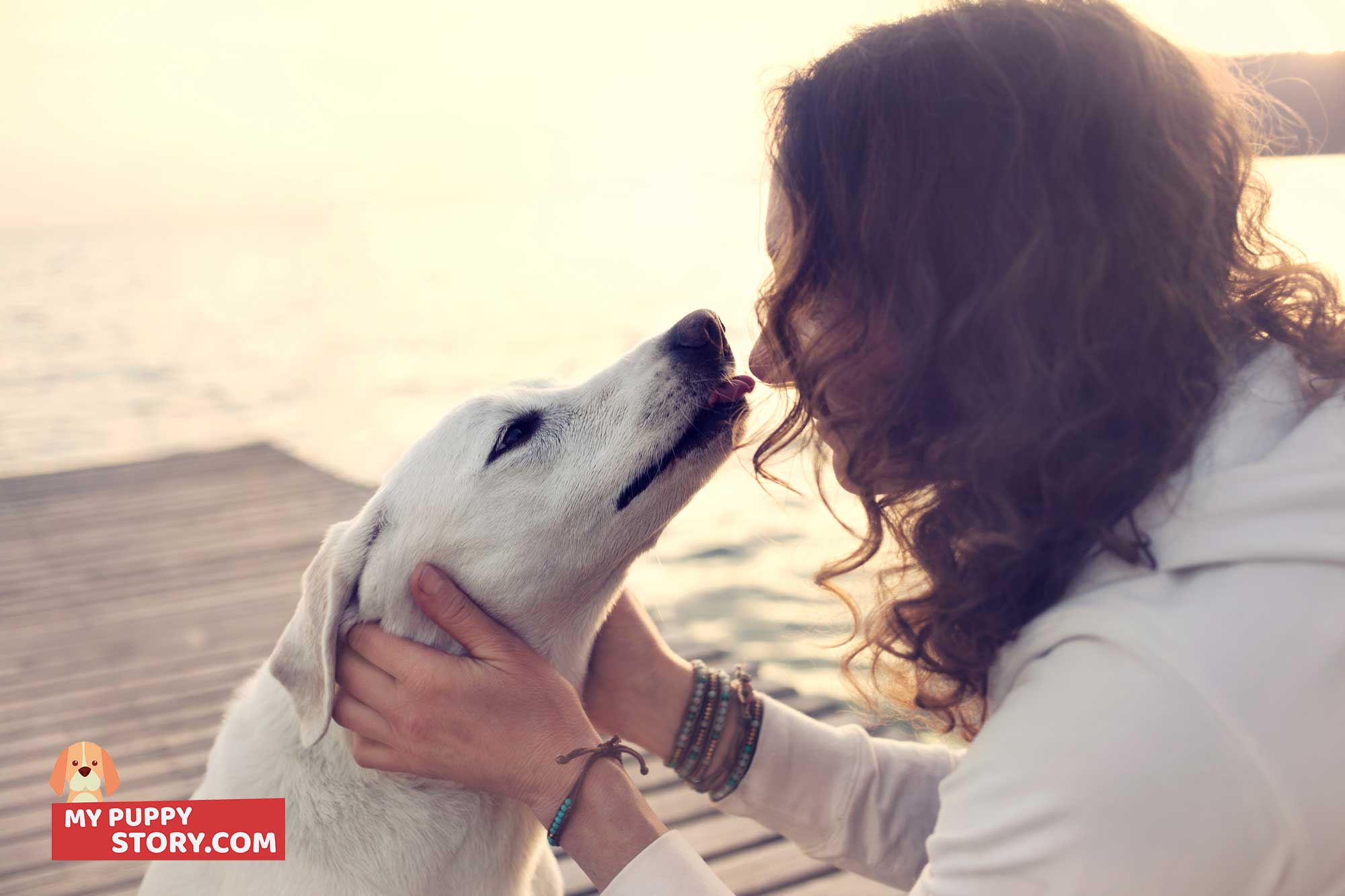

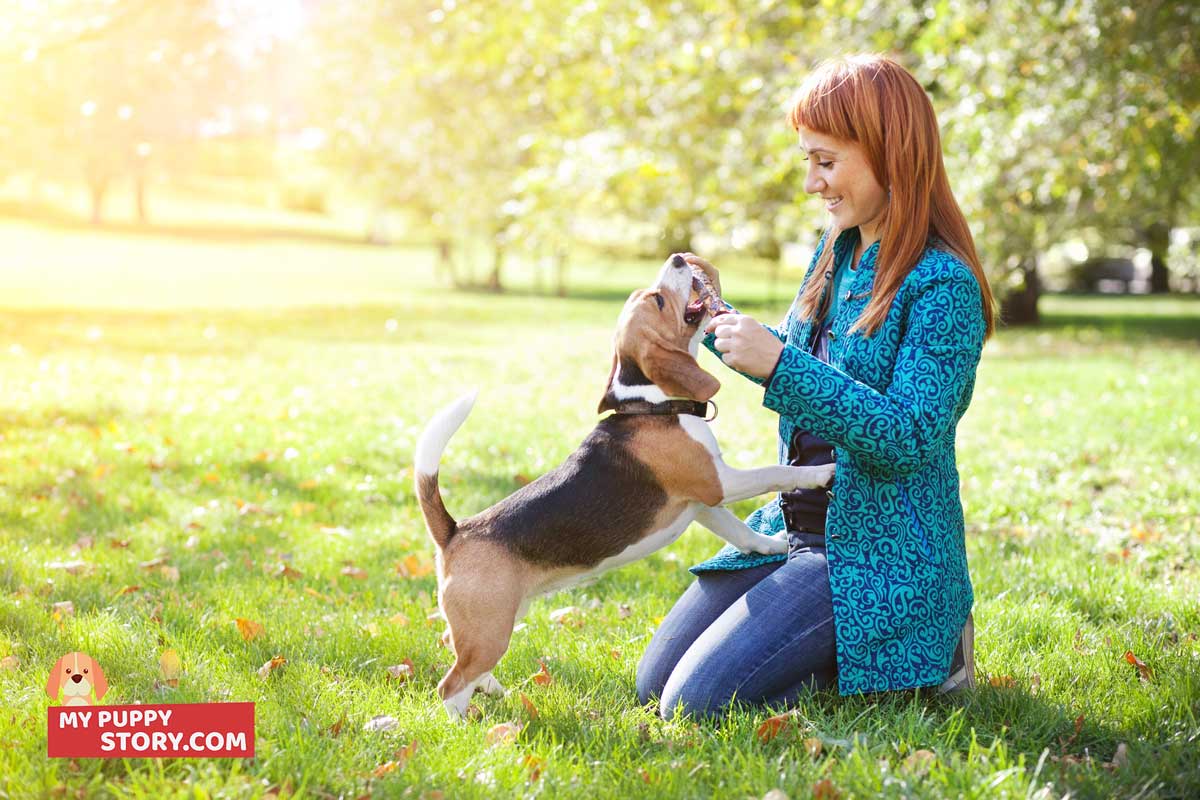


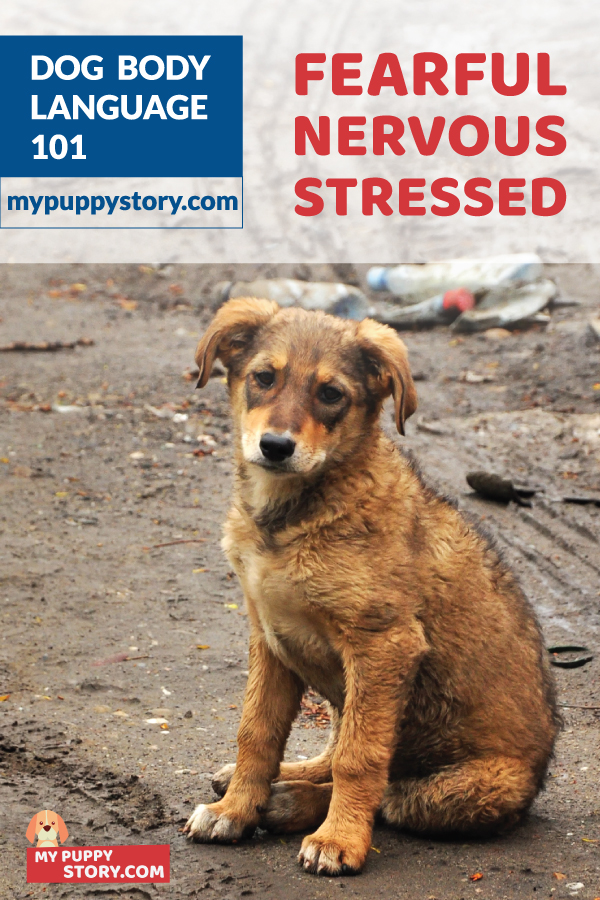 Fearful Aggressiveness
Fearful Aggressiveness







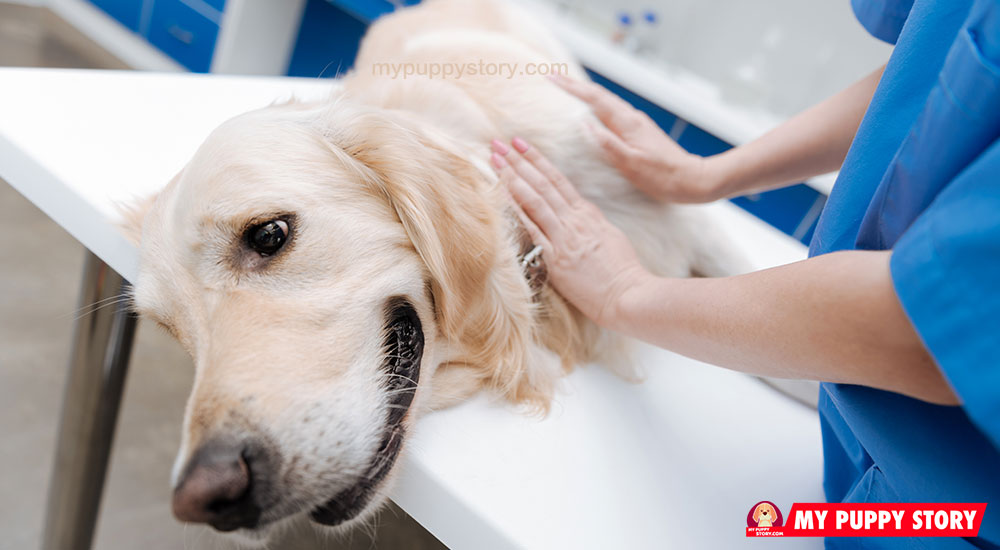
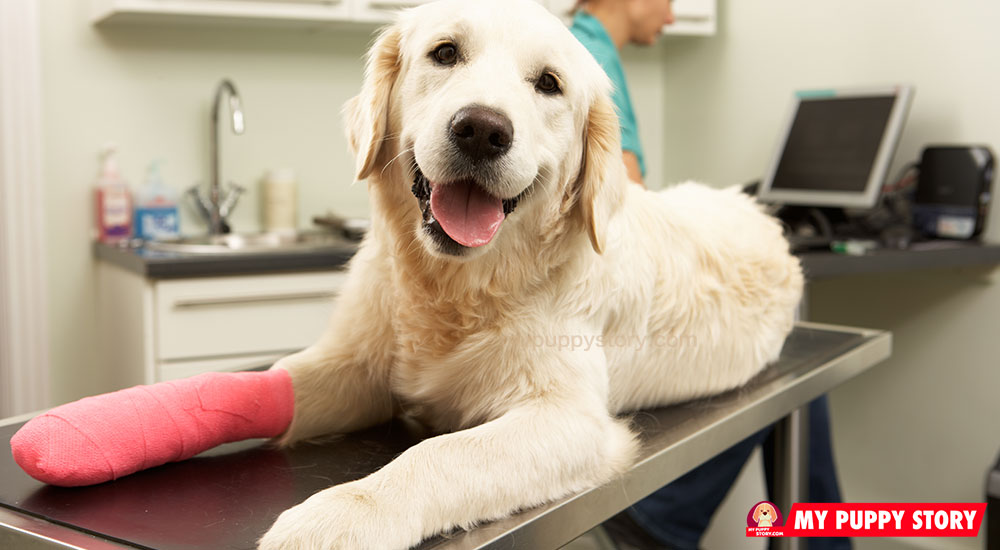
 What is the Best Time to Buy Insurance for My Dog?
What is the Best Time to Buy Insurance for My Dog?
